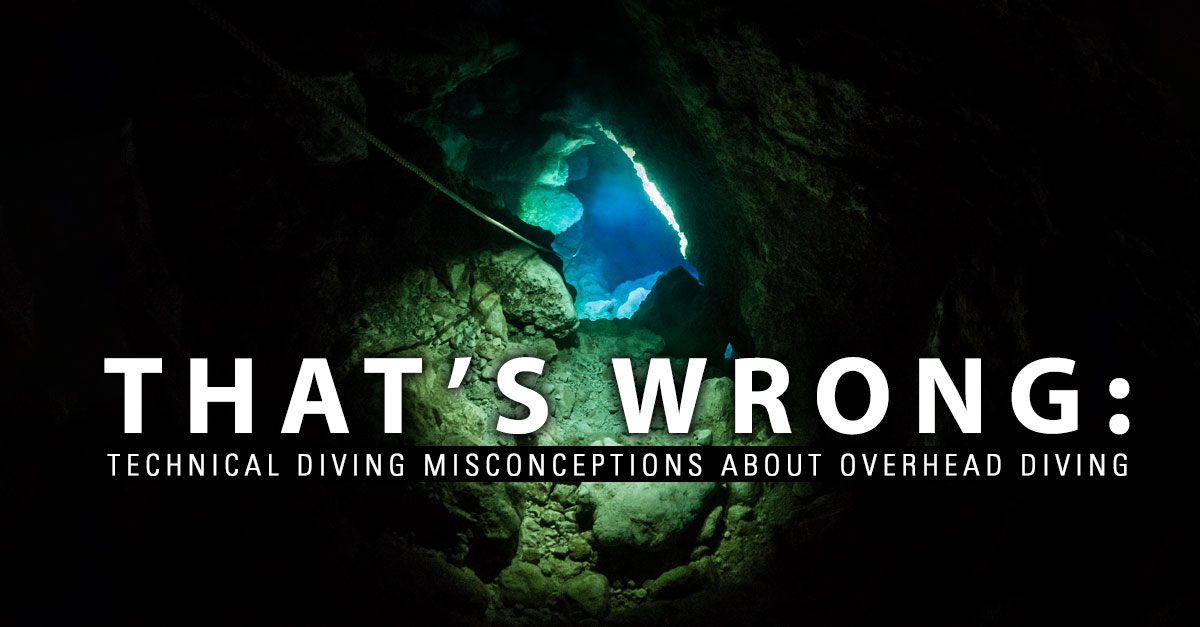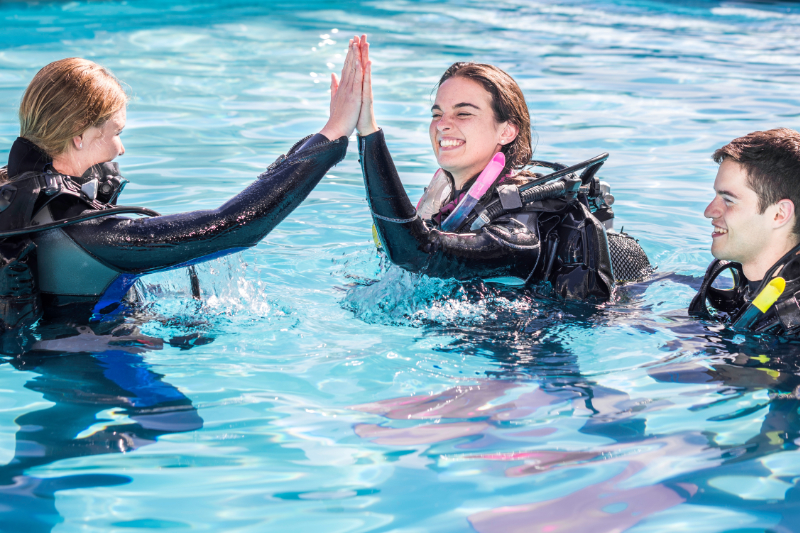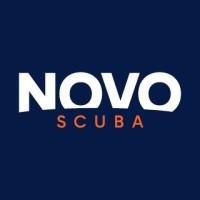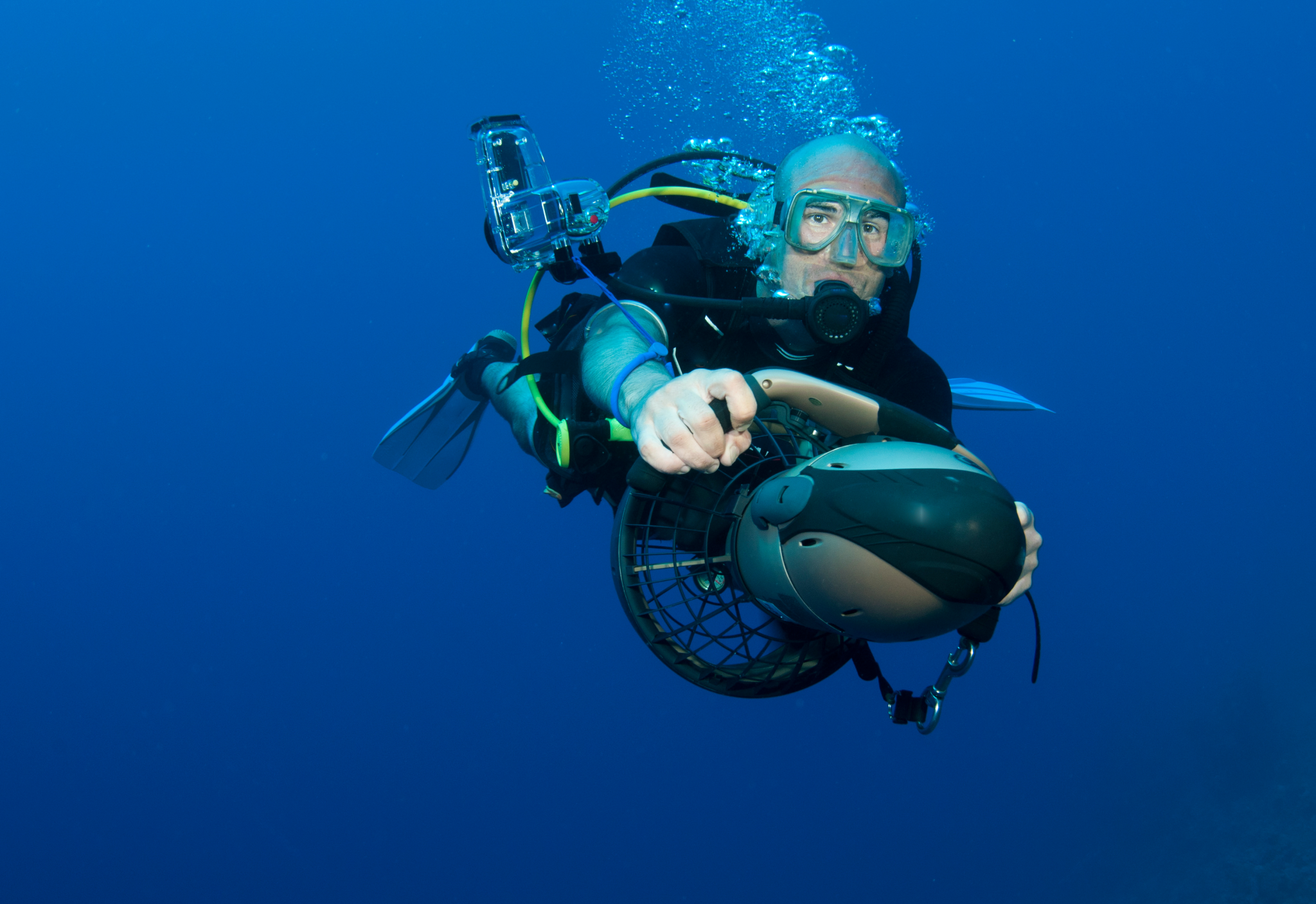News
That’s wrong: misconceptions about overhead diving

By: John Bentley & Brian Shreve
The interwebs are a great place to pick up some great, and some not so great, information. Internet cave divers seem to enjoy spouting off opinions based loosely on nothing. This is particularly scary considering the fragility of the cave community and the necessity for standardization in cave diving. Spend a little time on the various scuba related websites, and it’s amazing some of the just plain wrong things you can read!
Here are just a few of them we’ve recently found:
The Rule of 1/6th isn’t appropriate for gaining real experience
This is, unfortunately, a popular one in the North Florida area: The idea that 1/6th doesn’t give the Intro Cave diver enough distance to utilize their newfound awareness, conservation and buddy skills. That’s just not the case. 1/6th gives adequate gas, even for the biggest gas guzzler, to get acquainted to a cave system in a way that exposes them to overhead stress with emphasis on line awareness, buddy procedures, communication, and gas management. It essentially eliminates navigation stress through mainline navigation only, reduces time/distance stress and eliminates most decompression obligation stress.
If 1/6th diver’s gas consumption rates aren’t adequate for getting a few hundred feet into the cave that shows that their comfort level, fitness, and streamlining are not to the level needed to be that far into a cave anyway. While all divers breathe at different rates, and that’s a physiological issue, even the best trained divers double their gas consumption rate under stress. Putting a high volume breather further into a cave without mastery of stress management is asking for trouble.
Visual Jumps are OK
It’s only 3 feet!
This cave never silts out!
I’m familiar with this passage…
Holy moley, no! This one defines all logic. The time it takes to install a jump or gap, a matter of seconds, nullifies all reasons that this would be ok. All overhead dives should be planned for a total loss of visibility, whether through siltation, total light failure or mask loss. If viz is gone finding the gap will be difficult, objectively more difficult than following a line.
Primary lines are optional in tourist caves
This system will spit me out if I’m lost!
Close to open water is close enough!
This one goes back to the previous point. Just no! Tourist caves, like Ginnie and Peacock, that don’t have a line that goes to open water, are no safer than a virgin system. A cavern full of students can quickly make Peacock impossible to navigate. Plenty of individuals have perished in the forward section of a system because they couldn’t clearly find an exit. Just to clarify – If you’re in trouble, running low on gas after a reg failure in low vizibility, do you really want to hit the end of the line, let go, and hope for Mama Ginnie to spit you out? If the answer to that is yes: please, please, take up racquetball instead of cave diving.
It annoys everyone when caverns are a mess of lines, and yes, sometimes that makes it more dangerous. The only solution for a clear exit, where the line runs to the open water, is for cave divers to speak up and have lines extended to open water. This is an issue with land owners not properly restricting access to non-overhead divers. If the site is not open water appropriate (Ginnie for example) then it needs to be restricted to overhead divers only and the guideline should be extended to open water to prevent too many lines. Issues like this are very isolated to certain sites in North Florida and, despite the ease of fix, have spawned an alternate pattern of thinking towards continuous guidelines in cave diving. While every cave is unique and beautiful no cave merits entry without the ability to very easily navigate to the surface with visibility loss.
The Rule of 1/3rds is always appropriate
This is normalization of deviance at its best. The rule of thirds is not always appropriate. When exerted you will use substantially more gas. Long strenuous swims using substantially more gas, or possibly gas sharing, will not work with the rule of thirds. Stages do cause drag and aren’t always appropriate but with long swims in low flow systems they’re a necessary parachute. The “Grand Traverse” in Peacock is often done on thirds and while that seems appropriate to some the margin for error is little with only the gas in a couple sets of mains. A setup dive for longer swims or scooters should include a stage cylinder(s) drop for use as a safety cylinder. This goes back to the basics of dive planning and gas management. We’ve seemed to have forgotten that there are reasons behind the 1/3 rule.
These are just a sample of researched and proven techniques being put to the wayside for stories being shared between divers. The data pools aren’t huge in cave diving, but they’re large enough to set our safety standards. Ignoring these basic guidelines puts us all at risk.
To find out more about International Training, visit www.tdisdi.com.

Blogs
EXCLUSIVE: Jeff Goodman interviews Mark Spiers, CEO of New Scuba Diving Training Agency NovoScuba

In a video recorded exclusively for Scubaverse.com, Jeff Goodman interviews Mark Spiers, CEO of new scuba diving training agency NovoScuba.
Find out more about NovoScuba at www.novoscuba.com.
News
Charting New Waters; NovoScuba Goes Global with the Launch of their Revolutionary Dive Training Agency!

Discover a New Era of Dive Education: NovoScuba Brings Innovation to the Surface! Fully ISO Certified and Equipped with Cutting-Edge Technology.
 With a combined experience spanning over a century in the diving industry, a team of accomplished dive store owners, managers, and professionals unveils NovoScuba, a ground-breaking dive training agency poised to redefine the benchmarks of underwater education. Launching in May 2024, NovoScuba promises a revolutionary approach to dive training. Their vision is to make diving accessible to everyone, share success within the dive community and emphasise positive interactions with the planet.
With a combined experience spanning over a century in the diving industry, a team of accomplished dive store owners, managers, and professionals unveils NovoScuba, a ground-breaking dive training agency poised to redefine the benchmarks of underwater education. Launching in May 2024, NovoScuba promises a revolutionary approach to dive training. Their vision is to make diving accessible to everyone, share success within the dive community and emphasise positive interactions with the planet.
NovoScuba’s global debut marks a significant milestone in the dive industry. Driven by a vision to challenge convention and harness the power of technology, NovoScuba aims to revolutionise the dive training landscape through its innovative business model, which is digitally native, making it the most technologically advanced dive training agency to date.
“We recognised the need for change in the dive training industry and saw an opportunity to leverage technology, and redefine existing business models to create something truly innovative,” said Mark Spiers, CEO of NovoScuba.

NovoScuba’s platform offers state of the art training programmes ranging from introductory up to professional diving, including various specialties. All programmes meet international standards and ISO certifications are in place. This commitment to shared success, accessibility and positive results for the planet, all at a cost effective and affordable level, is what will make NovoScuba stand out.
“Our deep understanding of traditional pain points for the industry, combined with our digitally native approach positions NovoScuba as a game-changer in dive education. Offering unparalleled initiatives such as student subscription, open access to all course materials, pay as you certify, no stock required, monthly membership payments, payment in local currencies, one-click certifications, and membership freezing, NovoScuba is set to redefine the industry. Available in 13 languages, at launch, the NovoScuba courses are written for the modern divers, with a focus on up-to-date content, interactive learning, and an engaging platform,” Mark Spiers concluded.
NovoScuba is challenging a change in the industry, redefining established traditional systems, and ushering in a new standard of excellence, support, and partnership. Their collaborations with dive stores, pros and underwater enthusiasts won’t demand exclusivity, prioritising earned loyalty, and an understanding that their Member’s success is key to their own.
NovoScuba
Diving Redefined.
-

 News3 months ago
News3 months agoCapturing Critters in Lembeh Underwater Photography Workshop 2024: Event Roundup
-

 Marine Life & Conservation Blogs3 months ago
Marine Life & Conservation Blogs3 months agoCreature Feature: Swell Sharks
-

 Blogs2 months ago
Blogs2 months agoMurex Resorts: Passport to Paradise!
-

 Blogs2 months ago
Blogs2 months agoDiver Discovering Whale Skeletons Beneath Ice Judged World’s Best Underwater Photograph
-

 Gear Reviews3 weeks ago
Gear Reviews3 weeks agoGEAR REVIEW – Revolutionising Diving Comfort: The Sharkskin T2 Chillproof Suit
-

 Gear Reviews3 months ago
Gear Reviews3 months agoGear Review: Oceanic+ Dive Housing for iPhone
-

 Marine Life & Conservation2 months ago
Marine Life & Conservation2 months agoSave the Manatee Club launches brand new webcams at Silver Springs State Park, Florida
-

 News2 months ago
News2 months agoPADI Teams Up with Wellness Brand Neuro to Drive Ocean Change and Create a Blue State of Mind

















